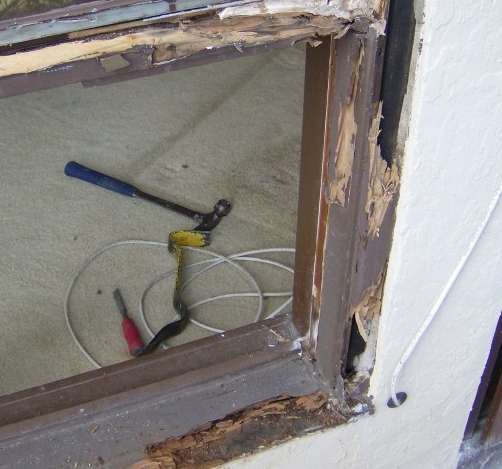

(808) 280-8990
(808) 214-2840
Email: info@fixrot.com
Rot-O-Rooter
Home Repairs, LLC
Phone: (808) 280-8990 (808) 214-2840
email: info@fixrot.com
Wood Rot Repair
and Restoration
Wood
Rot, the discoloration and decay of various types of wood, is caused by
fungi.
These microscopic organisms feast upon wood and rot it when they've got
oxygen,
temperatures ranging from 40 - 100 degrees F, and moisture. Mildew
merely
discolors wood, but does not otherwise rot or affect it. Just about all
paints,
stains, and water repellant finishes are susceptible to mildew, but
mildew is
easily treatable with mildewcide-containing primers or topcoats and
should not
be confused with real rot repair.
While fungi like
mildew and mold change the appearance of wood, other fungi attack the
structure
of the wood itself. Wood decay or rot is the process of fungi eating
the wood's
structural cells. Moisture laden wood, with water in the wood cell
cavities, is
the breeding ground for this fungi. The early stages of rot can be
difficult to
visibly detect, but wood begins to lose strength quickly. Trouble signs
include
the wood's lustre fading, the surface become discolored and dull, and
often a
musty aroma is present. The acceleration rate of wood rot depends on
the type
of fungus, temperature range, and how much moisture is present. The
later
stages of wood rot, when saving the wood becomes much more difficult,
is
evident when the wood appears discolored, spongy, and musty. Wood
surfaces can
show splits across the grain, shrunken, or stringy. When this happens,
the decay
or rot has gone deep into wood, and the wood loses most of its
strength.
